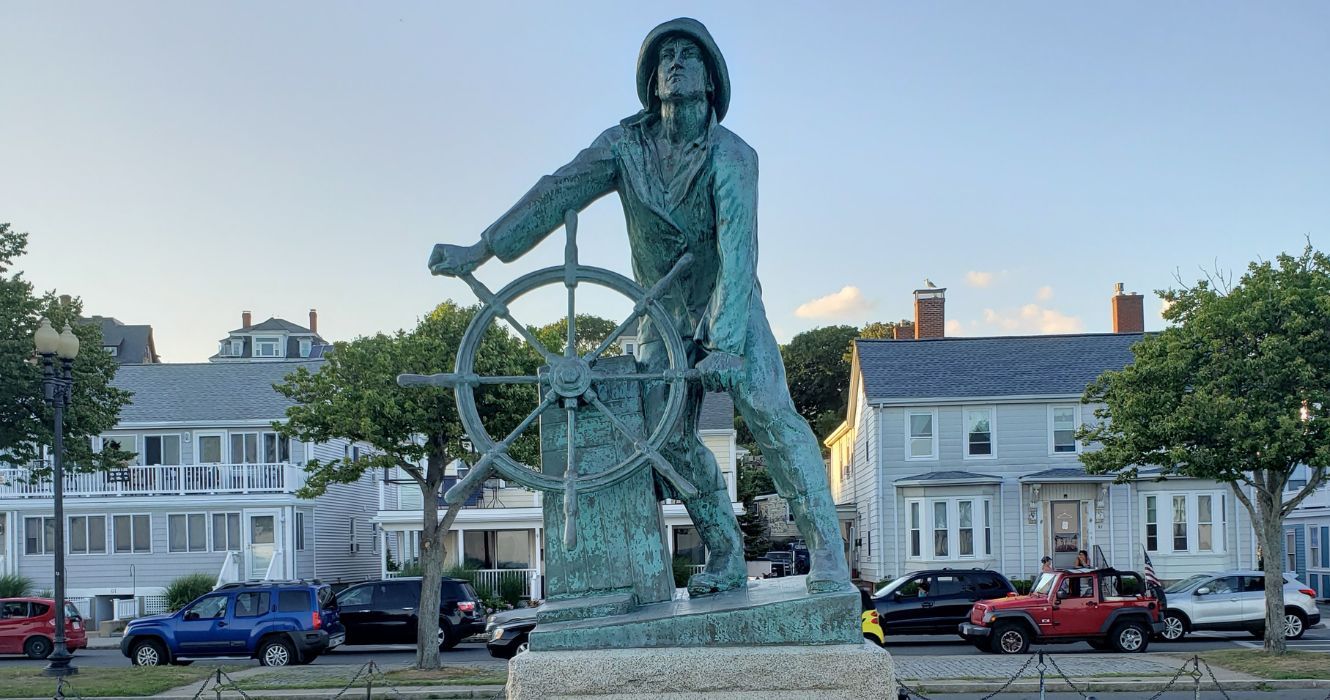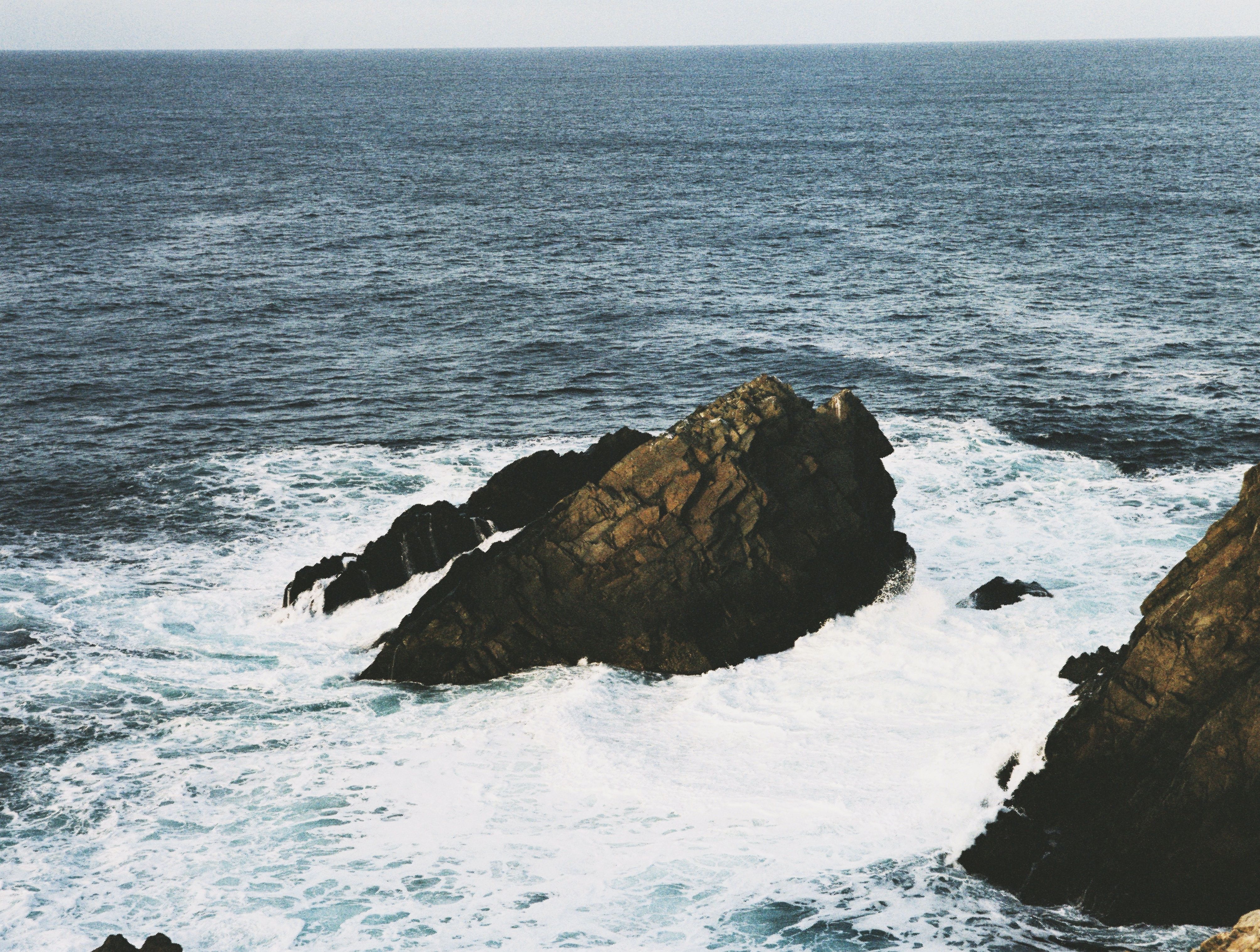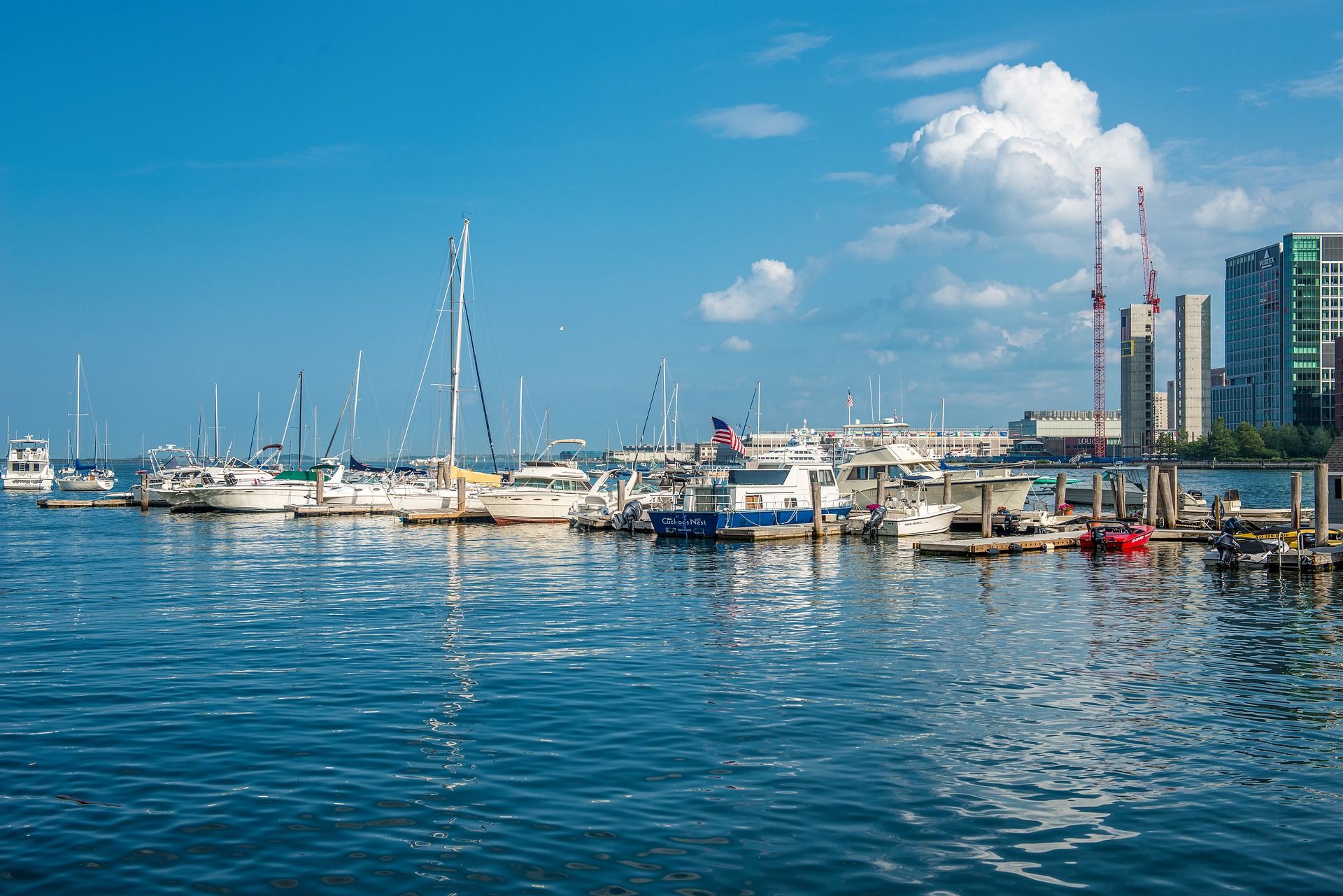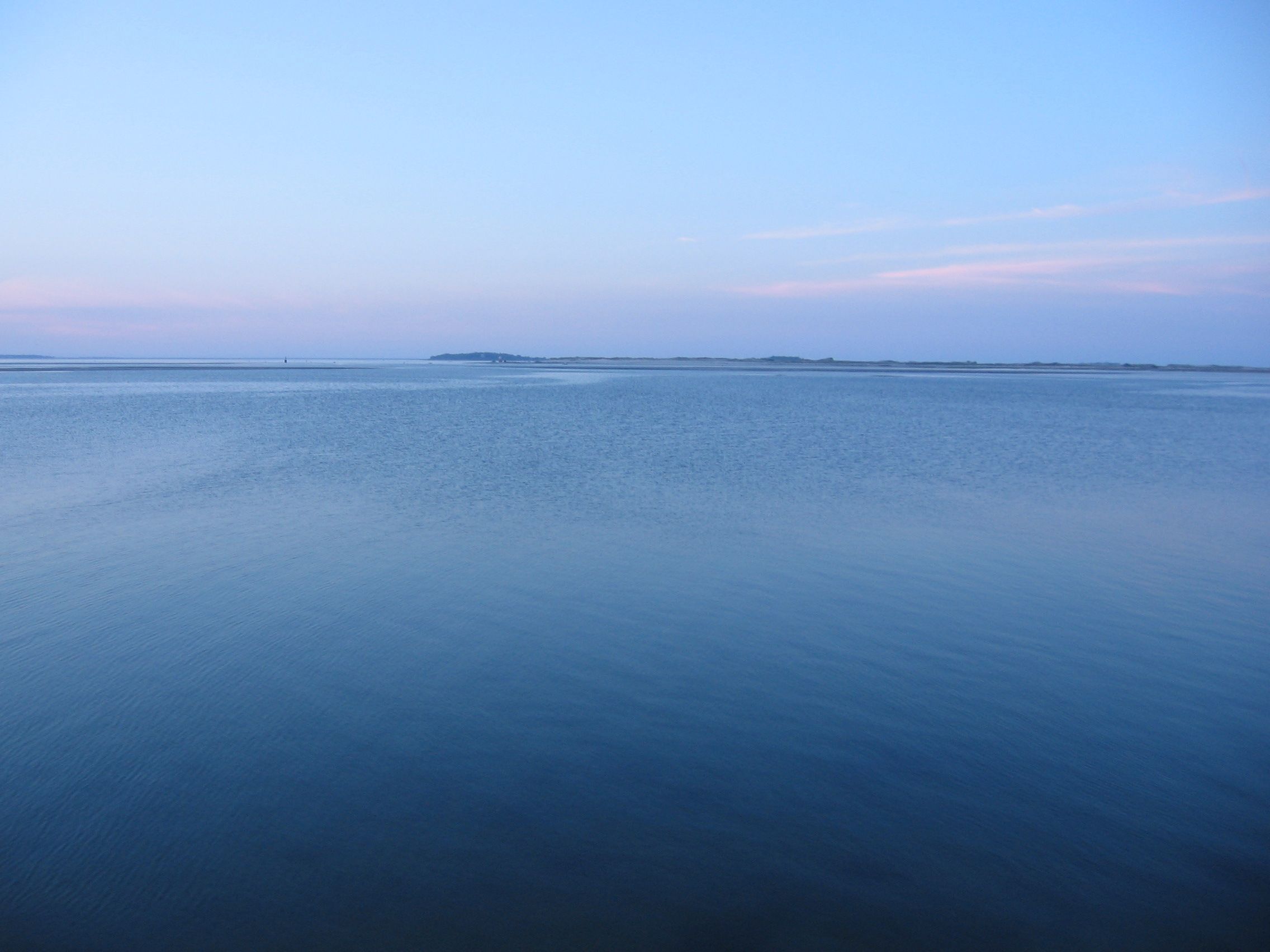Read update
- The "Perfect Storm" Still Haunts People Today
Summary
- The Andrea Gail, a small fishing boat, tragically disappeared during the "perfect storm" of 1991, causing the loss of six crew members.
- Multiple factors, including modifications to the boat and engine failure, were believed to have contributed to the sinking of the Andrea Gail.
- The storm caused significant material damages of up to $500 million and left thousands without power, but the impact could have been worse with heavier rainfall and foliage.
In the fall of 1991, a catastrophic storm swept the northeastern coast of the U.S., wreaking havoc along the coast of Massachusetts. The storm would strike the coast with no name, afterward only gaining the 'perfect storm' title and inspiring a movie of the same name. It made landfall suddenly with no one anticipating its hurricane-strength devastation, with those on land feeling its effects but those at sea having a first-hand account of the strength of its winds and rain.
The Andrea Gail set out of Gloucester on what was meant to be a month-long fishing trip off the coast of Newfoundland, covering a total of 900 miles, according to Boston.com. What they didn't know is that the storm heading up the coast would take the lives of 13 people and cause millions of dollars in damage from Florida all the way up to Nova Scotia. Winds from the storm reached strengths of 120 miles per hour, and when no communication was heard from the 72-foot Andrea Gail, which was right in the center of the storm, the search was called off in a matter of ten days. To this day, the trawler, and its crew, have never been recovered.
UPDATE: 2023/08/03 11:49 EST BY NOAH STAATS
The "Perfect Storm" Still Haunts People Today
Although this storm happened in 1991, the chilling details still keep us curious. Those aboard the Andrea Gail were never found, and our only hope is they and their loved ones have found peace. Maritime disasters have always been intriguing: but they're equally devastating.
The Last Communication Was Somewhat Telling
- The last communication on Andrea Gail was between Captain Billy Tyne and Captain Linda Greenlaw.
- This communication is what led to people finding the last-known location of the boat.
The last anyone had heard from Andrea Gail was communication between Captain Billy Tyne and Captain Linda Greenlaw, the ship captain of Andrea Gail's sister ship, the Hannah Boden. During the communication, Tyne gave Greenlaw his location, which is how the last known position of Andrea Gail was recorded.
The biggest problem with the ship's location was that it sat on the convergence line of three separate storms (hence the name the 'perfect' storm), resulting in powerful winds and seas that were wholly unexpected by the captain and crew. According to Greenlawn, it's her opinion that the nor'easter formed over the Andrea Gail, creating conditions that were nearly unavoidable and, ultimately, fatal to a ship of that size.
One of the main issues here was that the Andrea Gail was tiny: 72 feet, to be exact. With winds of nearly 120 MPH, this small fishing boat had no chance once the storm made its way. It's also haunting because the boat was in the center of the storm, becoming a prime target of Mother Nature's wrath. To this day, no bodies have been recovered. Many speculate they could have sunk to the bottom of the water or been launched miles away in the high winds. Either way, this story is an American tragedy and could have been prevented if proper safety protocols had transpired.
Multiple Things Were Believed To Have Led To The Sinking Of The Andrea Gail
- Many people believe that multiple storm systems converging led to the deaths of those on board Andrea Gail.
First and foremost, the terrible weather, brought on by three separate storm systems converging, is what ultimately brought down the ship. However, other details were believed to contribute to the vessel's seaworthiness. One of them was the modifications on the boat before heading out on her last voyage. The ship was prone to being low in the water with full fish tanks and fuel, which meant that water could quickly flood the deck, especially with waves as high as they were.
Secondly, the ship's port side had weather siding that prevented water from draining correctly and allowed it to remain trapped on the deck. According to the script consultant for The Perfect Storm, Captain Richard Haworth, the ship encountered a wave that rolled the Andrea Gail, forcing it to heave to one side. Additionally, Jack Flaherty, a fisherman, believes that the storm muddied the fuel in the ship's tank with a combination of algae, rust, sediment, or even air, which resulted in the ship's engine failure during the storm.
Several Items From The Ship Were found That Same Year
- Many items from Andrea Gail were found on Sable Island, including a fuel tank, flotsam, and an empty life raft.
On Sable Island, which was not far from the last known position of the Andrea Gail, several items washed ashore that were identified as belonging to the ship. A fuel tank, flotsam, and an empty life raft were among them. These items were traced back to the boat with the emergency position indicator radio, and roughly 180 sat between the ship's recorded position and the island itself.
It's believed that the ship encountered waves that were roughly 30-foot seas with winds that were about 50 to 80 knots. The bizarre thing about Andrea Gail's last position is that she was believed to have gone down in the same area as the Titanic.
Six Crew Members Perished With The Andrea Gail
Captain Tyne's last words were, 'She's comin' on boys, and she's comin' on strong!' over the radio to the coast guard. After this, there was radio silence from Andrea Gail. Captain William Tyne from Gloucester, Robert Shatford from Gloucester, Dale Murphy from Bradenton Beach, Florida, David Sullivan from Gloucester, Michael Moran from Bradenton Beach, and Alfred Pierre from New York City lost their lives on that tragic day.
Their names are among the 500 inscribed on the Fisherman's Memorial in Gloucester, Massachusetts. The Gloucester Fishermen's Memorial Service pays tribute to them, and the 30 or more other lives lost every year.
The Damages From The Storm Were Huge
In addition to the lives lost because of the storm, there were also material losses and damages of up to $500 million. Those included the loss of hundreds of businesses, homes, and more. Moreover, 38,000 people lost access to power, and airports and roads were closed.
However, such large storms usually result in much more severe material losses. This particular storm resulted in more minor damages due to the decreased amount of rainfall and a lack of foliage due to winter. That is one positive aspect of this deadly storm system as if there had been more to throw around: we're sure the "perfect storm" would have. This often becomes a major complication during hurricanes in the Southern US, as plants, trees, and even buildings go flying. If anything, the perfect storm proved to be the deadliest for those on the water.




